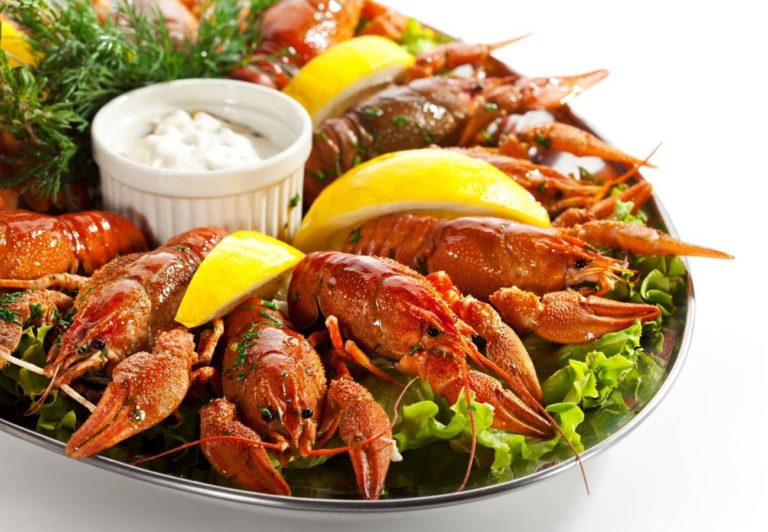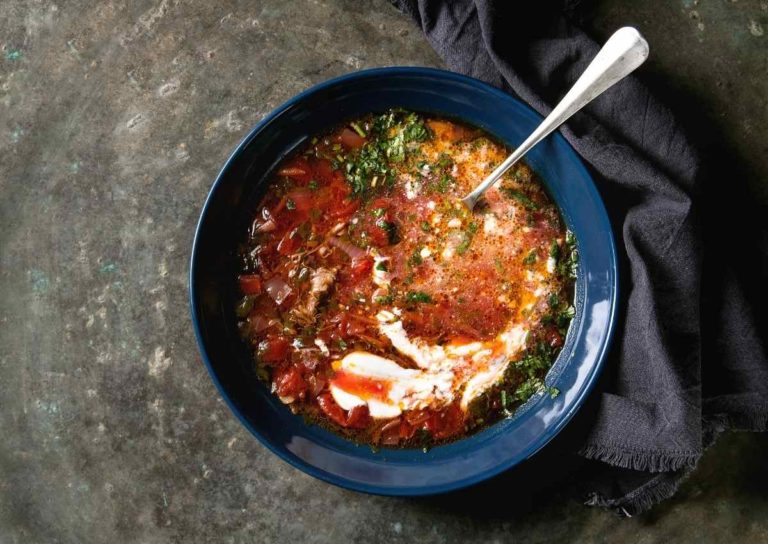Vietnamese Snake Blood Liquor (Rượu Ngọc)

Snake Blood liquor, also known as “Rượu Ngọc,” is a traditional Vietnamese drink that consists of the freshly harvested blood of a venomous snake mixed with rice wine. The snake’s blood is collected from a live snake, and the dish is typically served immediately after the blood is harvested before it has a chance to coagulate.
In some regions of Vietnam, Snake Blood Dish is considered a status symbol and is served at special events, such as weddings or New Year celebrations. It is also believed to have aphrodisiac properties and is sometimes consumed for that reason.
It’s worth noting that consuming snake blood is not widely accepted in many parts of the world and may be considered dangerous due to the potential presence of harmful pathogens and toxins. If you are traveling to Vietnam, it is important to be aware of local customs and food practices and to exercise caution when trying new and unfamiliar dishes.
Origin & Cultural Significance
The history of the Vietnamese Snake Blood Dish is uncertain, but it is believed to have originated in northern Vietnam and has been consumed for generations as a form of traditional medicine to improve health and boost energy. In some regions, the dish is also associated with folklore and is believed to have mystical powers.
Drinking snake blood is often seen as a symbol of bravery and toughness, as many people are hesitant to try it due to its exotic and intimidating appearance. It is also believed to have health benefits and is consumed for that reason.
However, it’s worth noting that the practice of consuming snake blood is also not regulated or monitored in many countries, and there may be health and safety concerns associated with consuming this type of food. It is also considered by many to be cruel, since the snake is alive when the blood is drawn from it.
Overall, while the Vietnamese Snake Blood may hold cultural significance and tradition in some regions, it is not a widespread or accepted practice and should be approached with caution.






